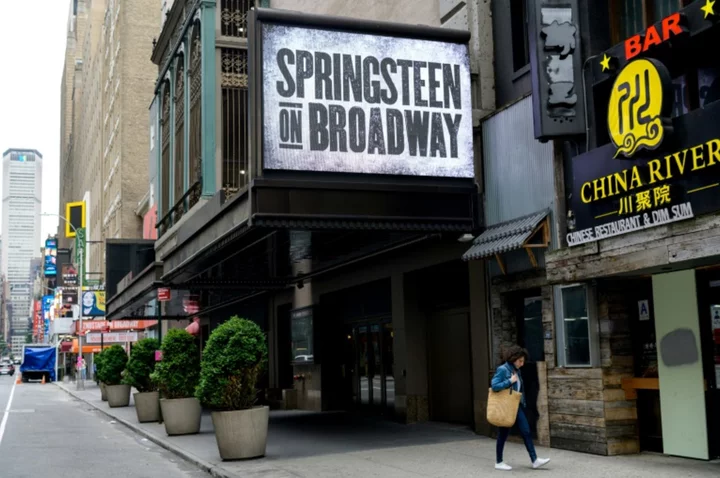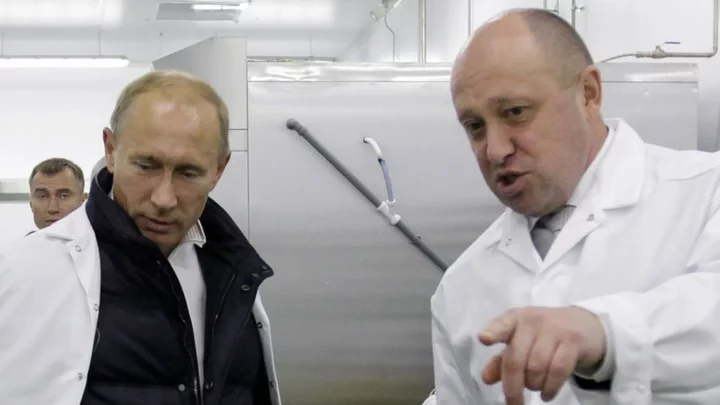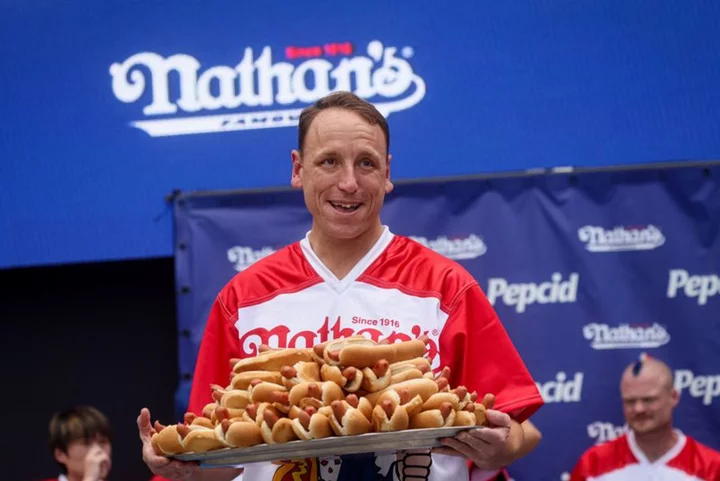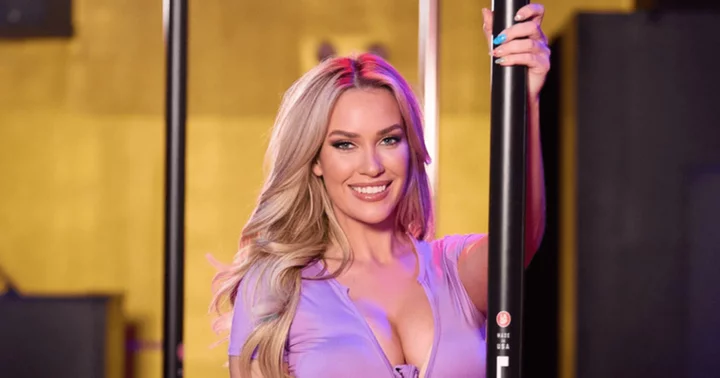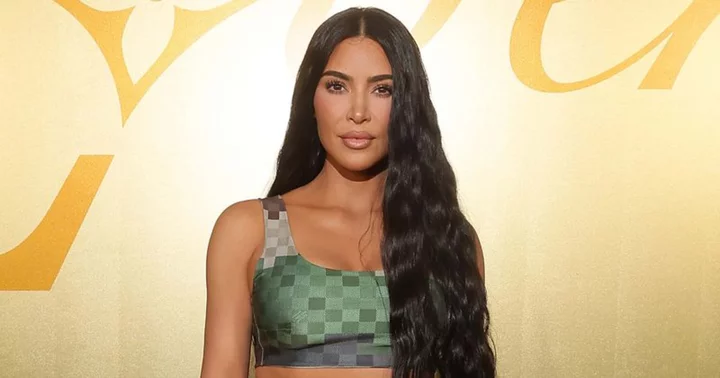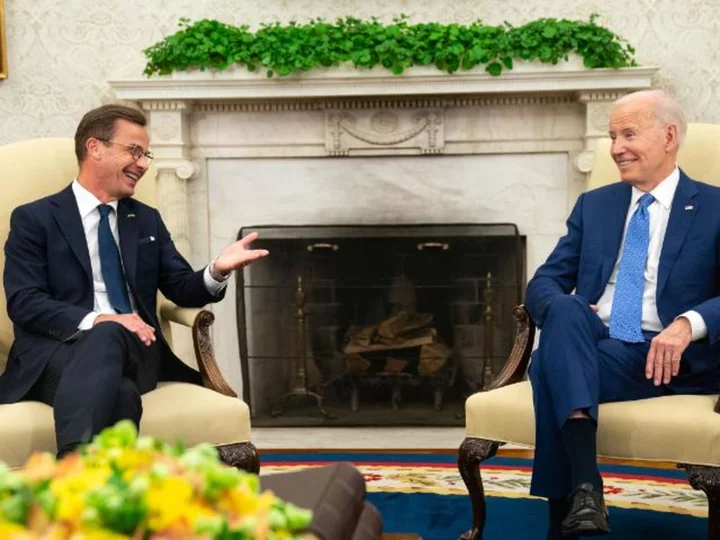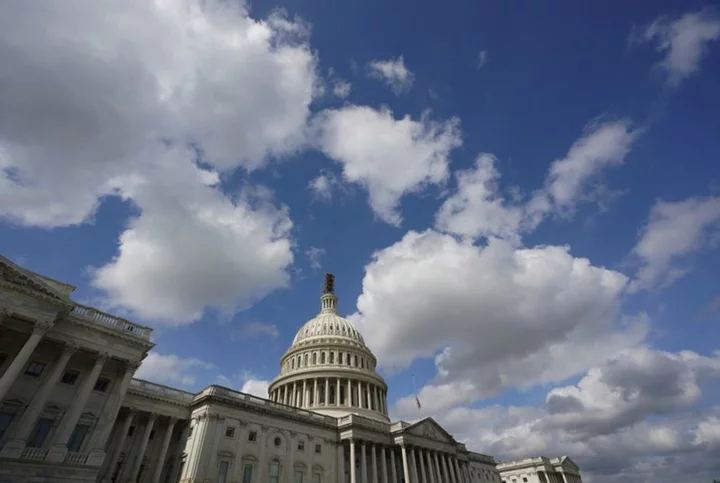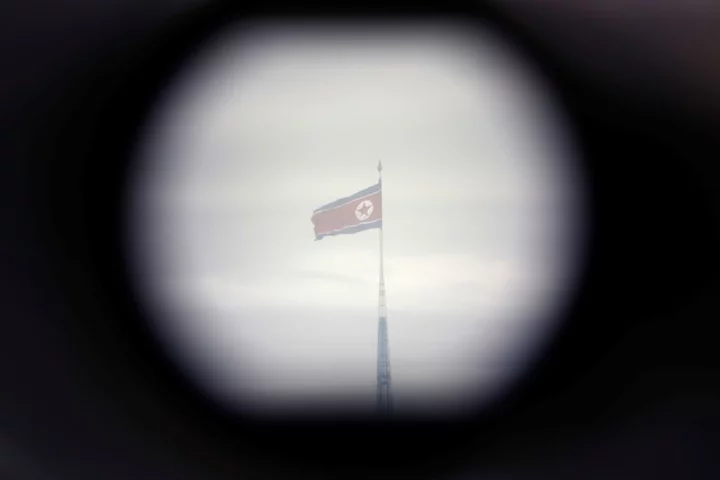However big your boobs are, your sports bra could be holding you back from your fitness goals – if it’s uncomfortable, painful or doesn’t offer enough support.
So, how can you find the perfect sports bra to help you feel and perform your best?
“Finding the perfect sports bra is about enhancing performance and preventing common problems that athletes face,” says Juju Sheikh, founder of Cloud Nine Collective. “A well-designed sports bra can minimise bounce and provide the necessary support to keep you comfortable and focused on your game.”
Consider size, support and impact
Different-sized boobs will need varying degrees of support – but that’s not the only factor to consider when choosing a sport bra. Breast shape can also influence which bra is the best fit and style for you, as well as the impact level of the activities you’ll be doing.
“Finding the right sports bra can be tricky and usually requires you to try a few different sizes and brands,” says Rebecca Carroll, a buyer for Runners Need. “The most important thing is ensuring that it fits you correctly, so that it offers enough comfort and support for your activity.
“Sports bras offer three different levels of support: low, medium, and high impact. The type you need depends on your cup size and the type of exercise you do,” Carroll adds. “For those who have bigger busts, look for a sports bra which has supportive seams and underwire, to help maximise support and comfort.”
Look at design features
Sports bras come with a range of different design features too, which tend to correlate to the level of support they offer. This includes the fabrics, the straps, the cups, as well as how they do up/fasten or whether they’re an over-the-head crop top style.
“I recommend looking for features like adjustable straps, underwire support, and breathable fabric,” says Sheikh. “Adjustable straps allow you to customise the fit according to your unique body shape and size. This ensures that the bra stays in place and provides the best support throughout your workout.”
The way a bra does up will generally change how supportive it is.
“Front zips can be a good thing,” says Martina Jurcova, product line manager for women’s apparel and accessories at ASICS. “They are certainly easier to put on and open again after a strenuous exercise. That said, they must have extremely secure closures and are not recommended for sports or exercises where the wearer is lying face down on an exercise mat.“Race backs are great, as they allow the maximums freedom of movement of the scapula [shoulder blade] and at the same time can give great support to the wearer,” Jurcova adds. “Dual clasp bras have the advantage that the wearer can decide for themselves if they like the feeling of a race back or not.”
Match your bra with the activity
Remember, the same sports bra may not be suitable for every activity. Even if you have a large bust, there are certain activities where you won’t want the restriction of a very high-impact bra.
“Low-medium impact sports bras are good for activities like walking, yoga and strength training. They typically feature a cup-less design and restrict movement by compressing the bust tightly against the chest wall,” says Carroll.
“However, for activities like running, you’re going to want a high-impact sports bra. These are made with a defined cup structure to encapsulate and provide high levels of support. Some high-impact bras will use a combination of both encapsulation and compression methods to maximise support.”
Protect from chafe and blisters
When doing an intense activity, perhaps running long distances or doing high-intensity interval training, it’s not unheard of for women to experience chafing or even blisters around the chest area.
“To prevent chafing, you can apply petroleum jelly or chafe balms in areas susceptible to friction. This creates a barrier between your skin and clothing to reduce friction,” Carroll says.
“Wearing well-fitting clothing, like your sports bra, will also have a big impact. Look for moisture-wicking materials,” she adds. “Generally, synthetic fabrics such as polyester and nylon can help draw the sweat away from your skin.”


